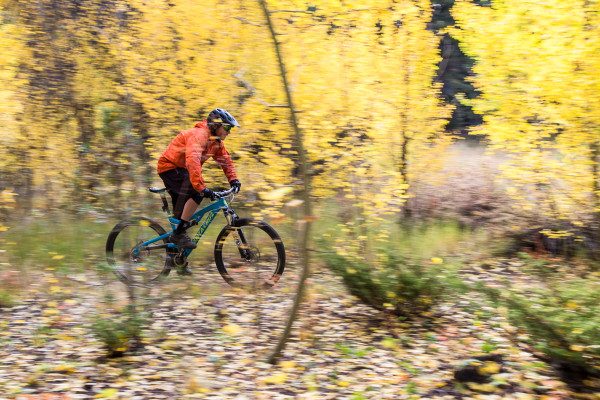
When shooting action sports I usually aim for ultra sharp images that capture the most fleeting of moments. After a long day or even multiple days in the field images captured at 1/1000 to 1/2000 of a second start to look the same. To mix it up a bit I like to slow down the shutter speed and either pan or lock off shots for a distinct, creative look.
Incorporating a sense of motion is a great way to add a fresh dimension into your action photography., but it’s not easy. There a few ways to achieve a good panning shot. The first I will talk about is a simple lock off and the second is the pan both with and without flash.
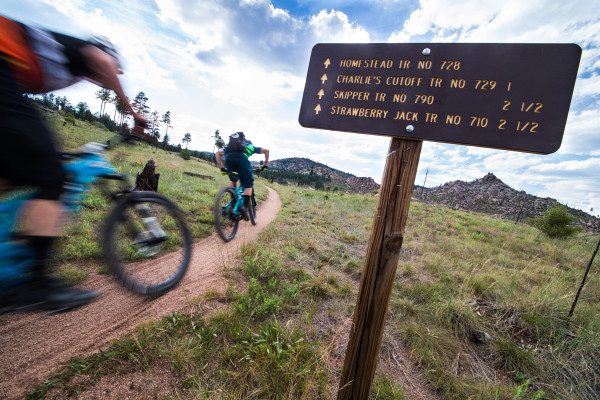
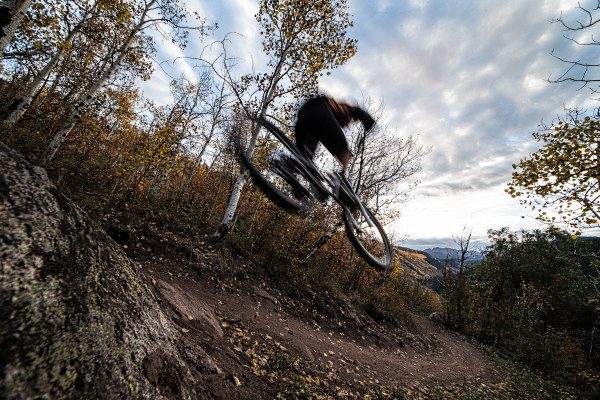
The easiest way to add motion into an action photo is to simply “lock off”. This means that after choosing your composition keep the camera firmly in place so the backdrop remains sharp and drop the shutter speed enough to let your subject go to blur. What shutter speed? That depends on focal length and how the shot is set up but keep it fast enough that the viewer still know what the subject is doing.
The second and more challenging way is to use a technique called panning. In this instance you follow the athlete with your camera thereby keeping the subject sharp while turning the background into streaks. When panning with Sigma lenses with Optical Stabilizer, be sure to put your lens into OS Mode 2, if available, which is specifically designed for this type of shot. IF you are on trail try to pre focus on where you anticipate your subject to be. Also, be sure not to move your camera faster or slower than your subject but at the exact same speed. It helps to start tracking the subject through the viewfinder before releasing the shutter and all the way through the exposure. There is no exact “right shutter speed” as that depends on the total effect you are going for.
Keep in mind: You are going to have to experiment and practice to get a shot that works. Not every capture is going to be a winner. This is a low-percentage style of shot even for experienced action photographers. But when you nail one, you’ll know it!
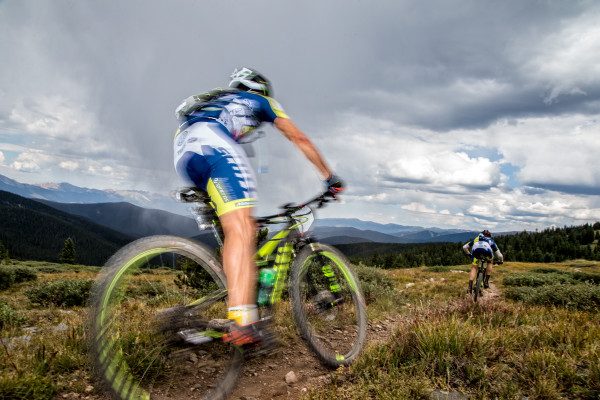
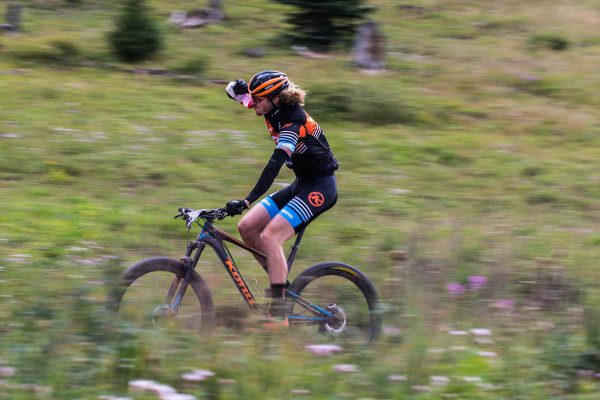
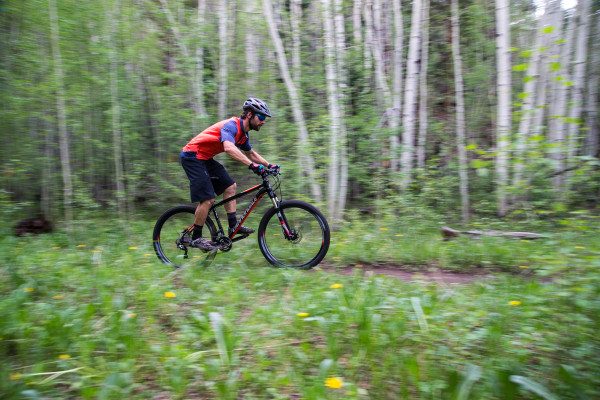

Liam used the following lenses in this post:
- 12-24mm F4.5-5.6 DG HSM Don’t forget to check out our all new 12-24mm F4 DG HSM
Art! - 24-105mm F4 DG OS HSM | Art
- 70-200mm F2.8 DG OS HSM
- 120-300mm F2.8 DG OS HSM | Sports
- 50mm F1.4 DG HSM | Art

